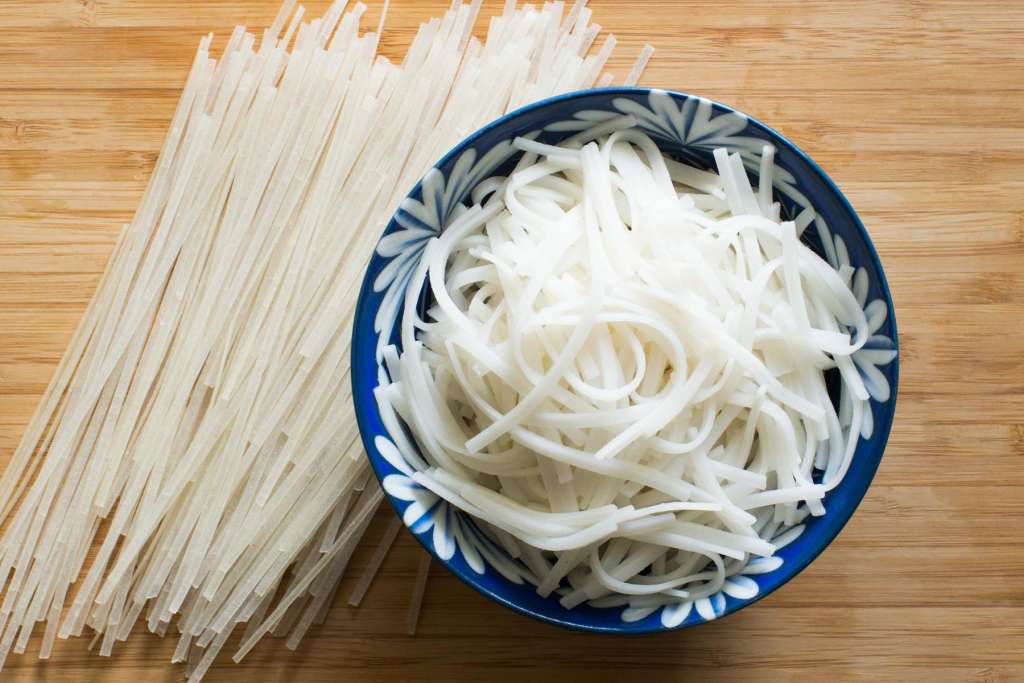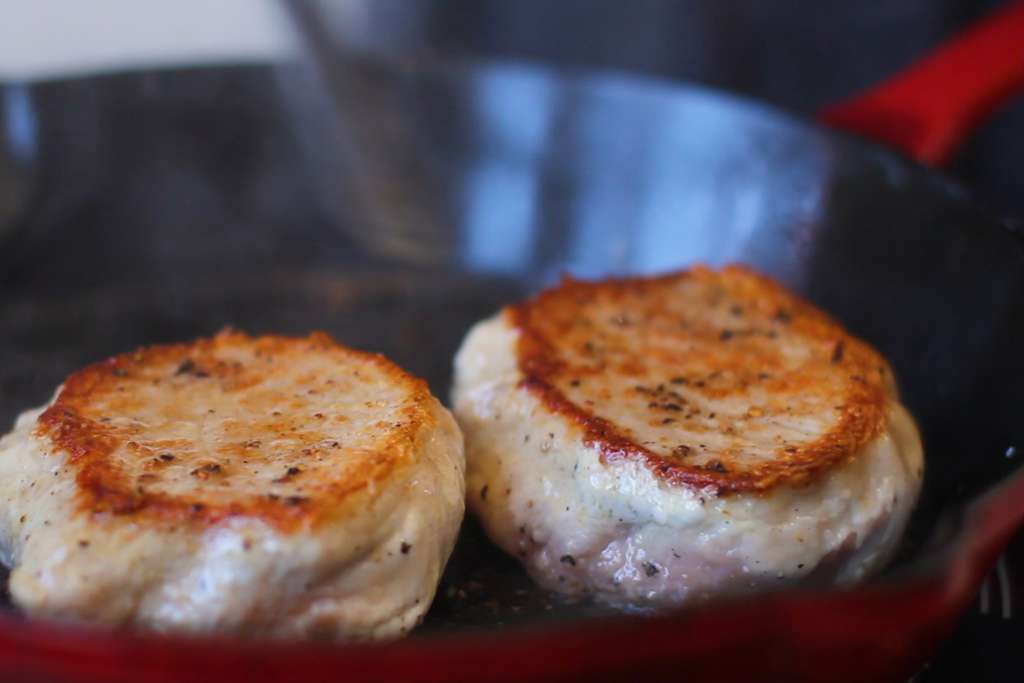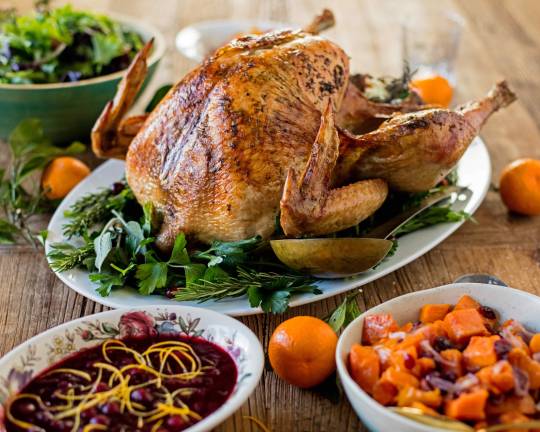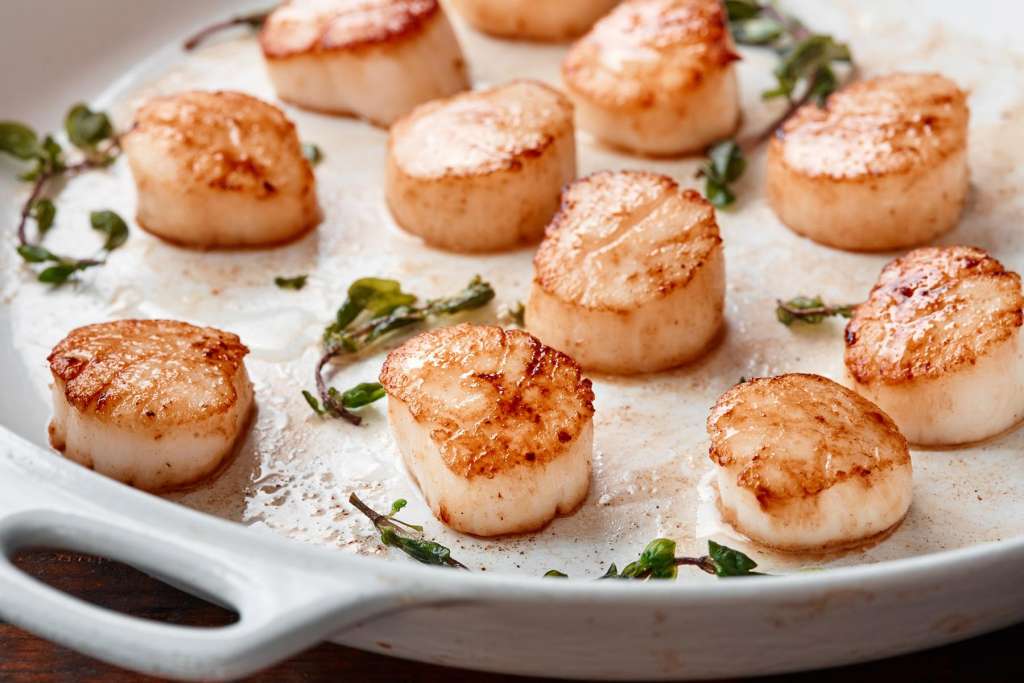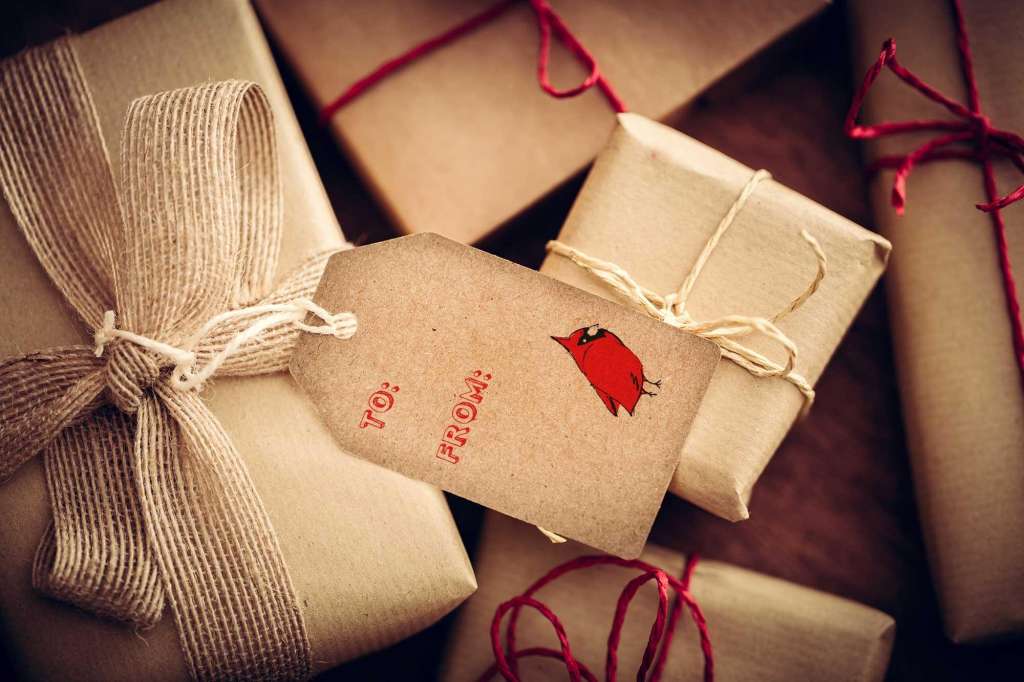How to Grill Like a Boss
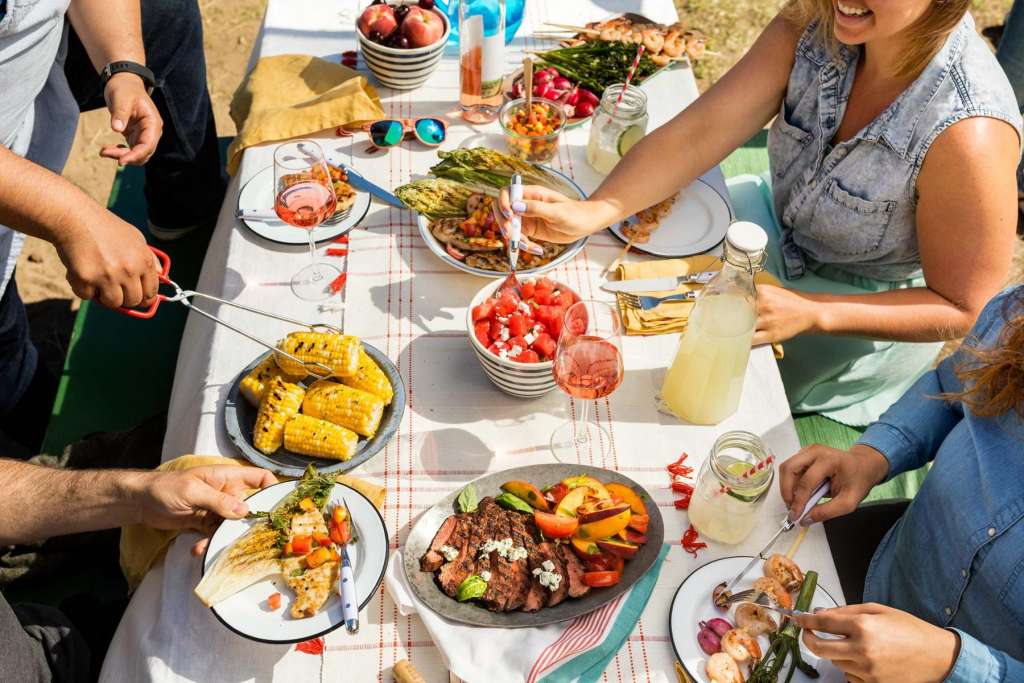
Cooking over a live fire in your own backyard is one of summer’s greatest pleasures. Happily, it’s also one of the simplest. We have a few tips to share to help you make sure that your dinner plans don’t go up in smoke:
Get fired up
Fancy tools and tricked-out barbecues can only take you so far. To truly become an expert griller, you must first become a master of fire. The live flames that fuel an outdoor grill require more finessing than the burners of a stove. You’ll have more control if you start by building a fire with two levels of heat—hot, direct radiant heat on one side and cooler indirect, convection heat on the other.
As a general rule of thumb, cook meats that are 1-inch-thick-and-under over direct heat and anything more than an inch thick over indirect heat. One of the benefits of having two heat levels is that you can sear large cuts of meat and whole fish on direct heat, and then move them to indirect heat to finish cooking.
For a charcoal grill, pile the coals on one side of the grill.
For a gas grill, leave one burner off.
Indirect heat: Larger cuts of meat, like pork shoulders, beef briskets, ribs, and whole chickens. Dense vegetables such as potatoes and beets. (Always cover the grill when cooking over indirect heat.)
Direct heat: Ground meat, thinner cuts, like flat steaks and chops, pizzas, fish steaks and fillets, corn, eggplant, mushrooms, and most other vegetables. (Leave the grill uncovered when cooking over direct heat.)
Start clean
Every time you use your grill, take the time to clean the grates. On a charcoal grill, they’re hottest just after you dump the coals out of the starter. Cover the grill and heat the grates until the smoke begins to diminish, about 15 minutes. Use a metal scraper to dislodge any bits of cooked-on food, then scrub the grill with a stainless steel brush dipped in water.
Season with care
Go easy when applying seasoning rubs. If you press too hard you risk damaging the meat fibers, which can affect the texture, and you also risk overseasoning.
Don’t get stuck
Pat food dry and oil it, not the grill racks, to keep food from sticking.
Put a lid on it
If fat or juices dripping into the fire cause flare-ups, don’t try to extinguish the flames with water. Instead, quickly transfer the food to a cooler part of the grill, if possible, and cover the grill to cut off the source of oxygen.
The most important grilling tool (besides a grill)
Forget about poking at your steak to tell if it’s done. A digital thermometer is the only reliable way to judge the doneness of grilled meats. We love the candy-colored ThermoPop.
